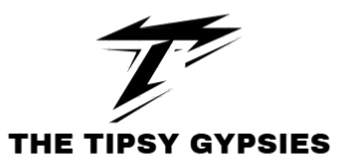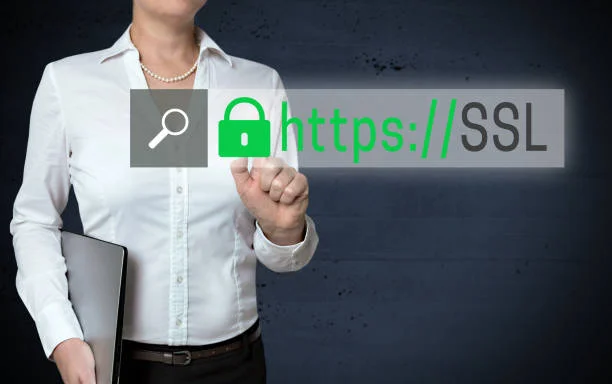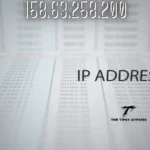If your website has grown beyond a single page, you likely use subdomains for different functions. You might have blog.yourwebsite.com, shop.yourwebsite.com, and support.yourwebsite.com. Securing each of these is crucial for protecting user data and building trust. However, buying individual SSL certificates for every subdomain is expensive and creates a management nightmare. This is where the SSL wildcard certificate comes in as an elegant and powerful solution.
This guide will walk you through everything you need to know about this efficient security tool. We will explain what an SSL wildcard certificate is, how it protects your entire domain ecosystem, and the major advantages it offers. You will also learn about the different types available and the process for obtaining, installing, and maintaining one for your website.
What Is an SSL Wildcard Certificate?
An SSL wildcard certificate is a special type of digital certificate that secures your main domain along with an unlimited number of its subdomains. It uses a wildcard character—the asterisk (*)—as a placeholder in the domain name field.
For example, a single wildcard certificate issued for *.yourdomain.com will secure:
- www.yourdomain.com
- blog.yourdomain.com
- shop.yourdomain.com
- login.yourdomain.com
- Any other subdomain you create at that same level.
Instead of juggling multiple individual certificates, you manage just one. This single certificate provides the same strong encryption and authentication for all your subdomains, ensuring every corner of your online presence is protected. It’s a simple, scalable, and highly cost-effective approach to website security.
How Does a Wildcard Certificate Work?
An SSL wildcard certificate functions using the same trusted security process as a standard SSL certificate, known as the SSL/TLS handshake. The only difference is how the browser validates the domain name on the certificate.
Here is a quick breakdown of the process:
- User Connects: A visitor navigates to one of your subdomains, for instance, shop.yourdomain.com. Their browser requests the web server’s SSL certificate.
- Server Responds: Your server presents its SSL wildcard certificate to the browser.
- Browser Verifies: The browser examines the certificate. It sees the common name listed as *.yourdomain.com. The browser recognizes the asterisk as a wildcard and confirms that shop.yourdomain.com is a valid match for this pattern. It also verifies that the certificate is not expired and was issued by a trusted Certificate Authority (CA).
- Secure Session Established: Once validated, the browser and server create an encrypted connection. The familiar padlock icon and https:// prefix appear in the address bar, assuring the user that their data is safe.
This entire process happens in milliseconds. The wildcard functionality allows one certificate to flexibly cover all your subdomains without any extra configuration for each one.
The Key Benefits of Using an SSL Wildcard Certificate
Choosing a wildcard certificate provides several strategic advantages, especially for businesses with a diverse and growing online footprint.
Cost-Effectiveness
Purchasing one wildcard certificate is significantly cheaper than buying individual certificates for many subdomains. As you add more subdomains, the savings multiply, since they are all covered under the existing certificate at no extra cost. This makes it a very budget-friendly security solution.
Simplified Management
Managing one certificate is far easier than managing ten, twenty, or more. With an SSL wildcard certificate, you only have one renewal date to track, one installation process to handle, and one expiration to monitor. This consolidation drastically reduces administrative work and minimizes the risk of a certificate expiring on a critical subdomain.
Immediate and Flexible Deployment
Need to spin up a new subdomain for a marketing campaign or a new service? With a wildcard certificate already in place, the new subdomain is automatically secured the moment it goes live. There is no need to purchase, validate, and install a new certificate, which allows your organization to be more agile and responsive.
Universal Trust and Security
A wildcard certificate from a reputable CA offers the same strong encryption (typically 256-bit) and high level of browser trust as single-domain certificates. Your visitors will see the padlock icon on all your subdomains, giving them the confidence to interact, log in, or make purchases.
Types of Wildcard Certificates
Like standard SSL certificates, wildcards are available at different validation levels. The one you choose depends on the level of trust you need to establish with your audience.
Domain Validated (DV) Wildcard
This is the most common and affordable type of SSL wildcard certificate. The Certificate Authority only verifies that the applicant has control over the domain name. The validation process is automated and can be completed in minutes. A DV wildcard is perfect for most businesses that need to encrypt data across multiple subdomains but do not require organizational identity verification.
Organization Validated (OV) Wildcard
This type offers a higher level of assurance. In addition to domain ownership, the CA performs a manual vetting of your organization’s legal identity by checking official business records. The verified company name is displayed in the certificate details, providing an extra layer of trust for users. This is an excellent option for e-commerce sites and corporate platforms that handle user data.
It is important to note that Extended Validation (EV) certificates are not available in a wildcard format. The industry standards that govern EV certificates require the specific legal entity to be tied to a specific domain name, which conflicts with the flexible nature of a wildcard.
Maintaining Your Wildcard Certificate
Your security work does not end with installation. Ongoing maintenance is crucial for keeping your site secure.
- Track the Expiration Date: All SSL certificates have a limited validity period (currently just over one year). An expired certificate will trigger security warnings across all your subdomains. Set a calendar reminder or use an auto-renewal feature to renew your certificate well in advance.
- Test Your Configuration: Use online SSL testing tools to check your server’s configuration. These tools can help you identify any vulnerabilities, such as weak cipher suites or outdated protocols, and provide recommendations for improvement.
- Secure the Private Key: The private key associated with your wildcard certificate is extremely valuable. If it is compromised, an attacker could potentially impersonate any of your subdomains. Store it securely and limit access to it.
In conclusion, an SSL wildcard certificate is a smart, efficient, and economical solution for securing a website with multiple subdomains. It simplifies management, reduces costs, and provides the flexibility needed to grow your online presence without compromising on security. By choosing the right type of wildcard and maintaining it properly, you can ensure a safe and trustworthy experience for all users across your entire domain.






